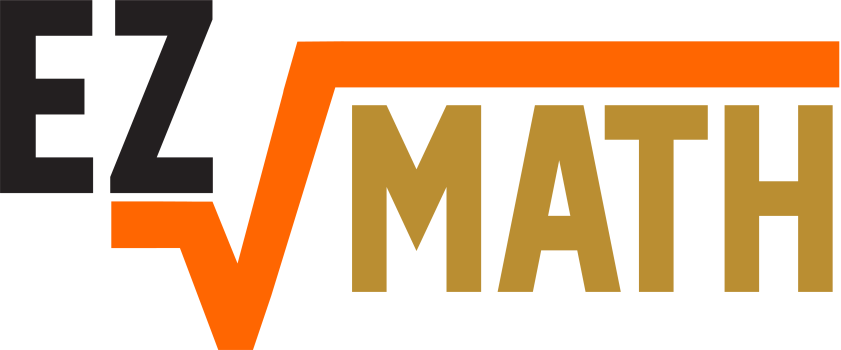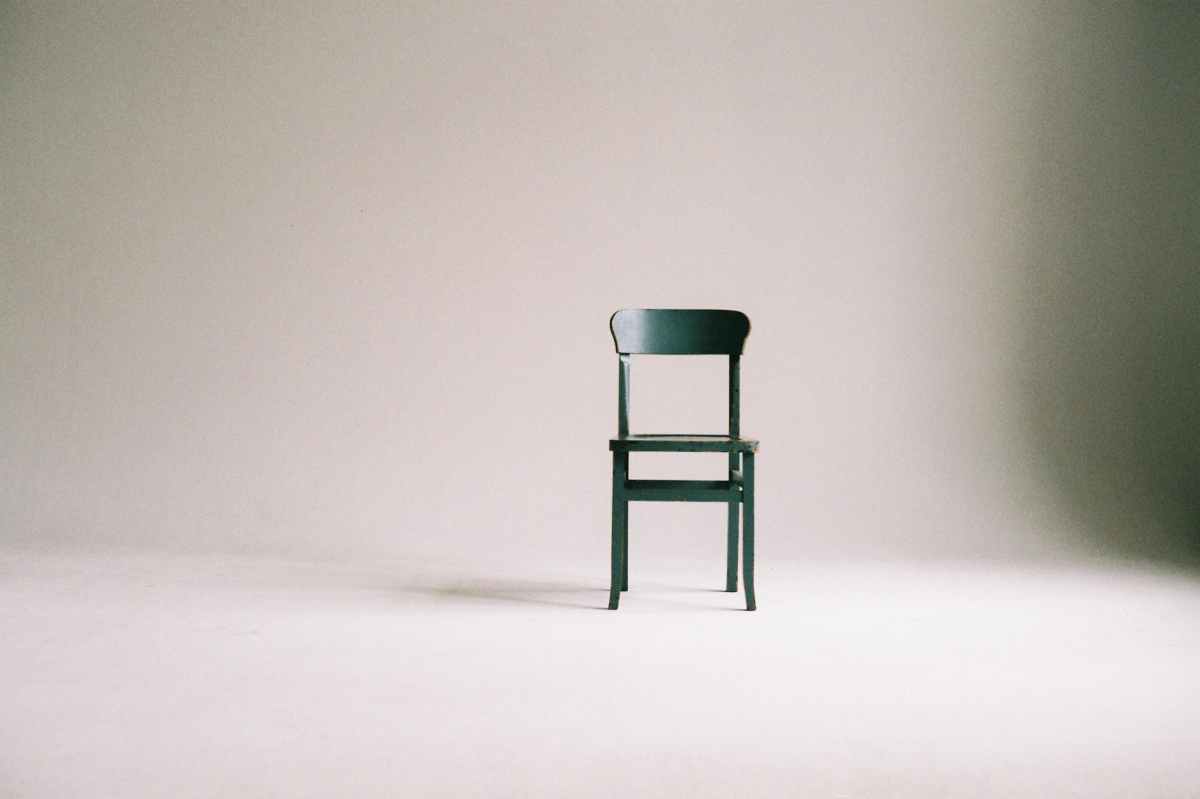One of the strangest days of my life was March 13th, 2020. It began as a somewhat normal Friday, except for the looming spectre of Covid-19. I had been paying attention to the news, doing my obligatory morning doom-scroll of Twitter before heading into work. I knew that many school districts were considering a shut-down and that it seemed inevitable for my district. Cases were getting concerning, but it still seemed so far away.
Being a Friday, I had even block periods of 2, 4, and 6. Even days were more difficult since I didn’t have a prep period on those days, so I came to school ready for a more tiring day. I remember that I had planned a day of review and practice for my 7th grade math classes. It was an easy lesson plan, meeting with small groups and sitting at the back table helping students one on one. During snack break after period 2 I visited my colleague next door and she said that LAUSD had announced they were closing down. As she refreshed her phone she saw that San Diego was shutting down as well. I figured there was no way my district would stay open after that. The bell rang, and in came my period 4 7th graders.
I tried my best to teach as normal as possible. I could feel the stress in the air. It was one of the few times in my life that I could actually feel the electricity in the classroom. It was so unnerving. The students knew. I cycled around the class, helped students, and waited.
The chime on my computer sounded, indicating that I had received a new email. I headed over to my computer and opened up the message from the superintendent:
I tried to keep teaching as normal, but I knew things were going to change. There was a knock on my door, and I got a surprise visit from one of my colleagues who decided to bring me In n Out for lunch. I will never forget that lunch. A small act of kindness in a sea of uncertainty. I sat at the back table, helping students, waiting.
Then it began. First I heard the buzzing of one phone. Then another. Then three. Parents had received the school district email and were beginning to reach out to their kids. The students were not allowed to use cell phones on campus, but they still had them powered on.
More phones went off. Students began to grow nervous. One of my kids started crying, and my wonderful colleague took him outside to go for a walk and calm his nerves. Finally the lunch bell rang, and the kids shuffled out to go eat. I stayed in my room, eating In n Out, frantically searching the internet for more news. The lunch period went by so very fast.
By the time period 6 started, word had spread like wildfire. All the students knew we were closing and I did my best to be up front with them. I remember saying that I had no idea when the next time was that I would see them, so let’s make the most out of our time together. They did surprisingly well. The final bell rang, I wished them well, and I never saw any of them again.
The next day I realized that I needed groceries, so I walked to the local Trader Joe’s. The shelves were completely empty. It finally hit me that this was going to be very, very bad.

School was canceled for Monday and Tuesday, but we met as a staff to figure out a plan on how to teach remotely. The meeting was in the large multi-purpose room with folding chairs set six feet apart. That’s really all I remember about that. The rest of the day was spent in PLC teams trying to figure out how to convert all of our curriculum to an online/digital format. We learned about different apps we were allowed to use, reviewed online policies like FERPA, and tried to cobble together a lesson plan for the rest of the week. The idea was that we would teach online for the next two weeks, then hopefully come back to school after Spring Break.
Covid had other plans.
It was at this point that my 20% rule died a horrible death.
Pretty much every lesson I had ever created was completely obsolete. Since I couldn’t ensure my students had the ability to print lessons at home, every lesson had to be recreated in a digital format. I created Google Docs, Slide decks, Loom videos, Nearpods, FlipGrids, and Desmos activities. Thankfully I had an amazing PLC team who divided up the work evenly for each course, so the workload was not mine alone to shoulder. I quickly became pretty decent at making a Google Slide Deck. One teaching partner became the Queen of Loom, creating excellent direct instruction videos that I could embed in my Canvas course. Another colleague figured out how to create activities on Desmos. We did what we could to give our students the best of a bad situation.
It was completely exhausting. As the two weeks before Spring Break passed, the news got worse and worse, and I knew we would not be coming back to school. I was isolated, depressed, and my mental health was deteriorating at a pretty fast pace. I would stay up until 2am creating lessons, then trudge to bed. This monotonous pattern continued for days, then weeks. By mid-March I didn’t really feel like getting out of bed each day. I had almost no interaction with my students, except for the occasional Canvas message or email. I knew that my students were feeling the same way I was. Less and less assignments were turned in. They were disengaged and losing hope. Some of my kids did not log on to my online classroom for 2 straight months, and there was nothing I could do.
One of my favorite things about teaching is taking my last day of school photos with each class. Before 2020 I had a photo of every class I taught since 2004. At the beginning of each new school year I open the photos and smile, remembering fun stories and wondering what my they are up to now. My streak was broken in 2020. All I have is a few screenshots of a Zoom conference call I did the last week of school in which about 10 students logged on.
I can’t help but wonder what was lost due to the actions we took as a society. Did we make the right decision? Did we do too much? Did we not do enough? It’s impossible to know.
What I do know is that we will feel its impact for years.

